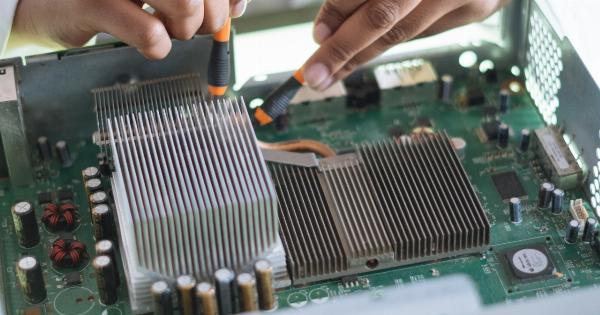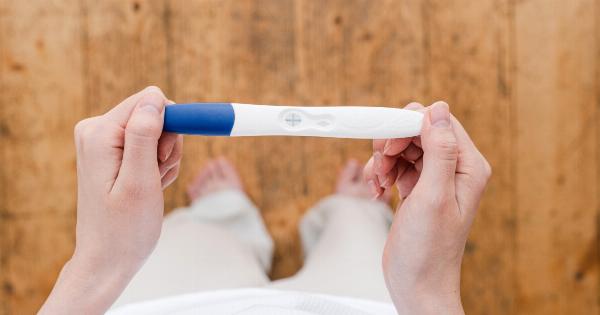Amniocentesis is a procedure that is performed during pregnancy to diagnose certain genetic disorders in the fetus.
It involves taking a small sample of the amniotic fluid, which surrounds the fetus in the uterus, and testing it for genetic abnormalities. In this comprehensive guide, we will discuss all aspects of the amniocentesis procedure, including the reasons for the procedure, how it is performed, and the risks and benefits involved.
What is the Purpose of Amniocentesis?
The main purpose of amniocentesis is to detect genetic abnormalities in the fetus.
This includes chromosomal abnormalities such as Down syndrome, Turner syndrome, and Klinefelter syndrome, as well as genetic disorders such as cystic fibrosis and sickle cell anemia. Amniocentesis can also detect certain neural tube defects, such as spina bifida.
Amniocentesis is typically recommended for women who are at increased risk of having a baby with a genetic disorder.
This includes women who are over the age of 35, have a family history of genetic disorders, have had a previous child with a genetic disorder, or have abnormal results on prenatal screening tests.
How is Amniocentesis Performed?
The amniocentesis procedure is typically performed between 15 and 20 weeks of pregnancy, although it can be performed earlier in some cases.
Prior to the procedure, the woman will undergo an ultrasound to determine the position of the fetus and the location of the placenta.
During the procedure, the woman will lie on her back with her abdomen exposed. The healthcare provider will clean the abdomen with an antiseptic solution and use a local anesthetic to numb the area.
A long, thin needle will then be inserted through the abdominal wall and into the uterus. The needle will be guided by ultrasound imaging to the site where a sample of amniotic fluid can be collected without harming the fetus.
Once the needle is in place, the healthcare provider will withdraw a small amount of amniotic fluid using a syringe. The needle will then be removed and a bandage will be placed over the site of the needle stick.
The entire procedure typically takes less than 30 minutes.
What are the Risks and Benefits of Amniocentesis?
Like any medical procedure, amniocentesis carries some risks as well as benefits. Some of the potential risks of amniocentesis include:.
- Miscarriage (1 in 200 to 1 in 400)
- Leaking or infection of the amniotic fluid
- Injury to the fetus
Despite these risks, amniocentesis is generally considered a safe procedure, particularly when it is performed by an experienced healthcare provider. Some of the potential benefits of amniocentesis include:.
- Early detection of genetic disorders
- Ability to make informed decisions about pregnancy management and/or termination
- Ability to prepare for the birth of a child with a genetic disorder
What Happens After Amniocentesis?
After the amniocentesis procedure, the woman may experience some mild cramping or discomfort for a day or two. She will also be advised to avoid heavy lifting and strenuous activity for a few days.
The results of the amniocentesis are typically available within 1-2 weeks.
If the results of the amniocentesis indicate a genetic disorder or abnormality, the woman and her partner will be given detailed information about the disorder and its potential effects.
They may be referred to a genetic counselor or other specialist who can provide further information and support. Depending on the results, the couple may choose to continue the pregnancy or terminate it.
Conclusion
Amniocentesis is a procedure that can provide important information about the health of a fetus during pregnancy. It is typically recommended for women who are at increased risk of having a baby with a genetic disorder.
While amniocentesis does carry some risks, these are generally considered low, and the potential benefits of the procedure can be significant. If you are considering amniocentesis, it is important to discuss the risks and benefits with your healthcare provider and/or a genetic counselor.




























